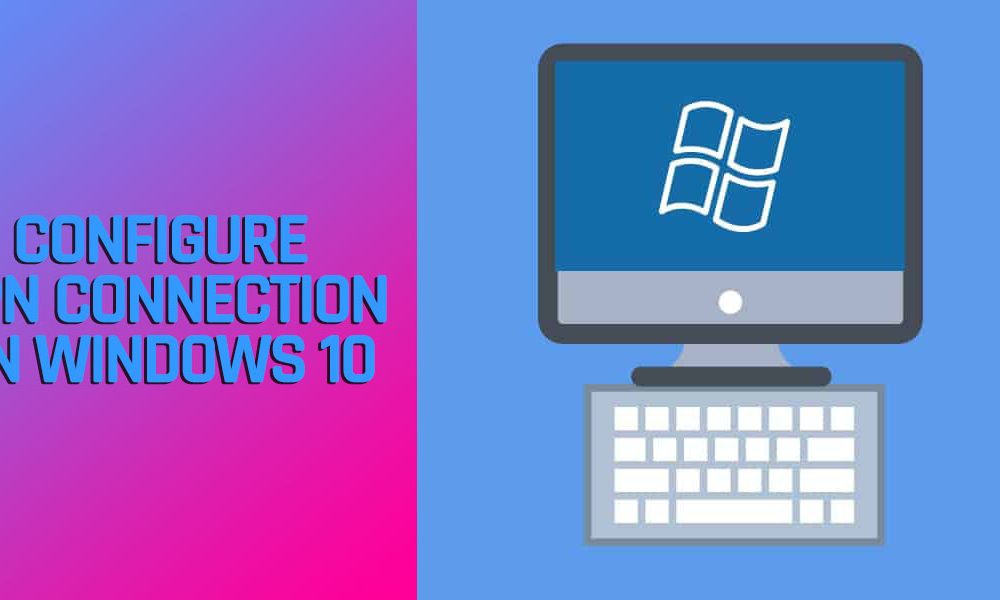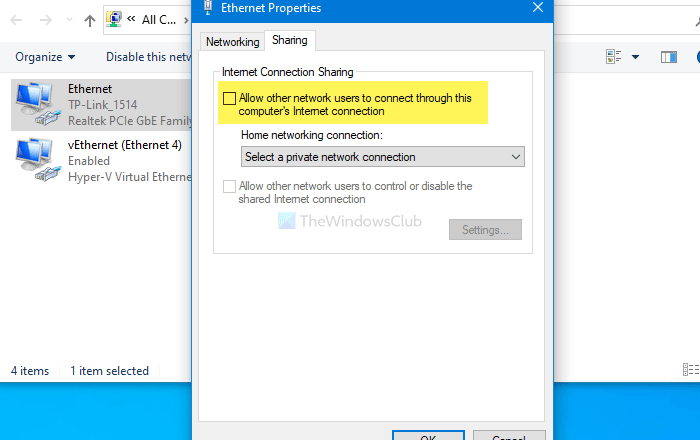

- #CONNECT TO VPN NETWORK DRIVE WINDOWS 10 HOW TO#
- #CONNECT TO VPN NETWORK DRIVE WINDOWS 10 UPGRADE#
- #CONNECT TO VPN NETWORK DRIVE WINDOWS 10 WINDOWS 10#
- #CONNECT TO VPN NETWORK DRIVE WINDOWS 10 PC#
Get-NetTCPConnection | where LocalPort -EQ 139Īnd saw that there was then a new connection with my W10 machine's address as the connection's RemoteAddress. On the RT while the W10 telnet client had a connection starting I issued this query Here is a more compelling check than just "the screen cleared". In order to close the connection you can press Ctrl-] and then use the telnet command close (c) or quit (q) (or just wait for it to That is an indication that the telnet client found that port open. Get-NetTCPConnection | where State -EQ "Listen"Īnd noted that there was one with a Local Address and a LocalPortĪnd observed that the screen cleared. I did it with my Surface RT which apparently does not have telnet.exe, so maybe this indicates that the Telnet Client is not always available in all versions of Windows. I don't know what port you need but here is an example I just tried. OptionalFeatures.exe (AKA Windows Features, a GUI).
#CONNECT TO VPN NETWORK DRIVE WINDOWS 10 HOW TO#
Where I can get telnet.exe and how to determine which port I need? I'm confused as to why the ping isn't working on the computer that successfully connects to the mapped drive over the VPN. Minimum = 0ms, Maximum = 0ms, Average = 0ms Minimum = 376ms, Maximum = 667ms, Average = 450ms Minimum = 409ms, Maximum = 1751ms, Average = 754ms Packets: Sent = 4, Received = 4, Lost = 0 (0% loss),Īpproximate round trip times in milli-seconds: To then check I was doing it correctly, I then did this:. Packets: Sent = 4, Received = 0, Lost = 4 (100% loss)
#CONNECT TO VPN NETWORK DRIVE WINDOWS 10 PC#
As you might have gathered, I'm not really sure what I'm doing, so can I clarify please? I am attempting everything first on the Laptop PC which works correctly (i.e.
#CONNECT TO VPN NETWORK DRIVE WINDOWS 10 UPGRADE#
The laptop PC was an upgrade from Windows 8 a couple of years ago.Īny clue as to why these machines are behaving differently would be appreciated. System type - 64-bit operating system, 圆4-based processor
#CONNECT TO VPN NETWORK DRIVE WINDOWS 10 WINDOWS 10#
The desktop PC is a brand new installation of Windows 10 that I installed last week.

I have tried turning off the Firewall to see whether that could be the problem, but there is no change. They are both sat next to each other on the same network (and in any case Diagnose doesn't throw up any clues). To try to identify and resolve network problems, click Diagnose. Otherwise, there might be a problem with your network. (using the same information), I get the following error message:-Ĭheck the spelling of the name. On the laptop I have successfully mapped a remote server as the network drive 'Z'. On both of them I have connected to our work's VPN. I have two computers (a laptop and a desktop PC) both running Windows 10.


 0 kommentar(er)
0 kommentar(er)
